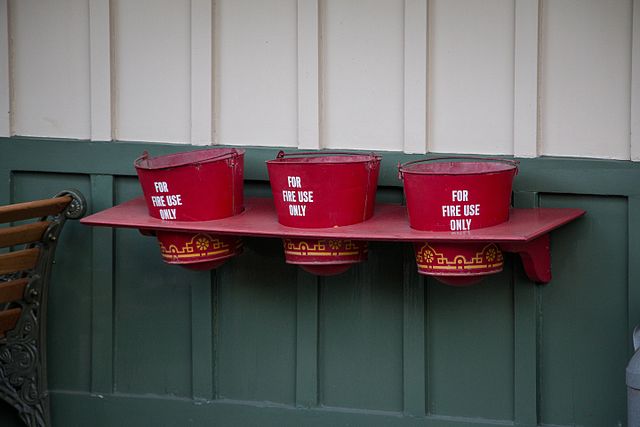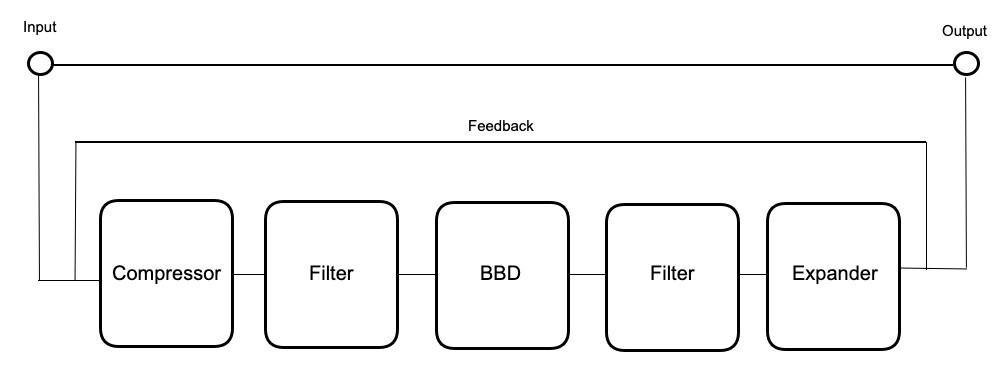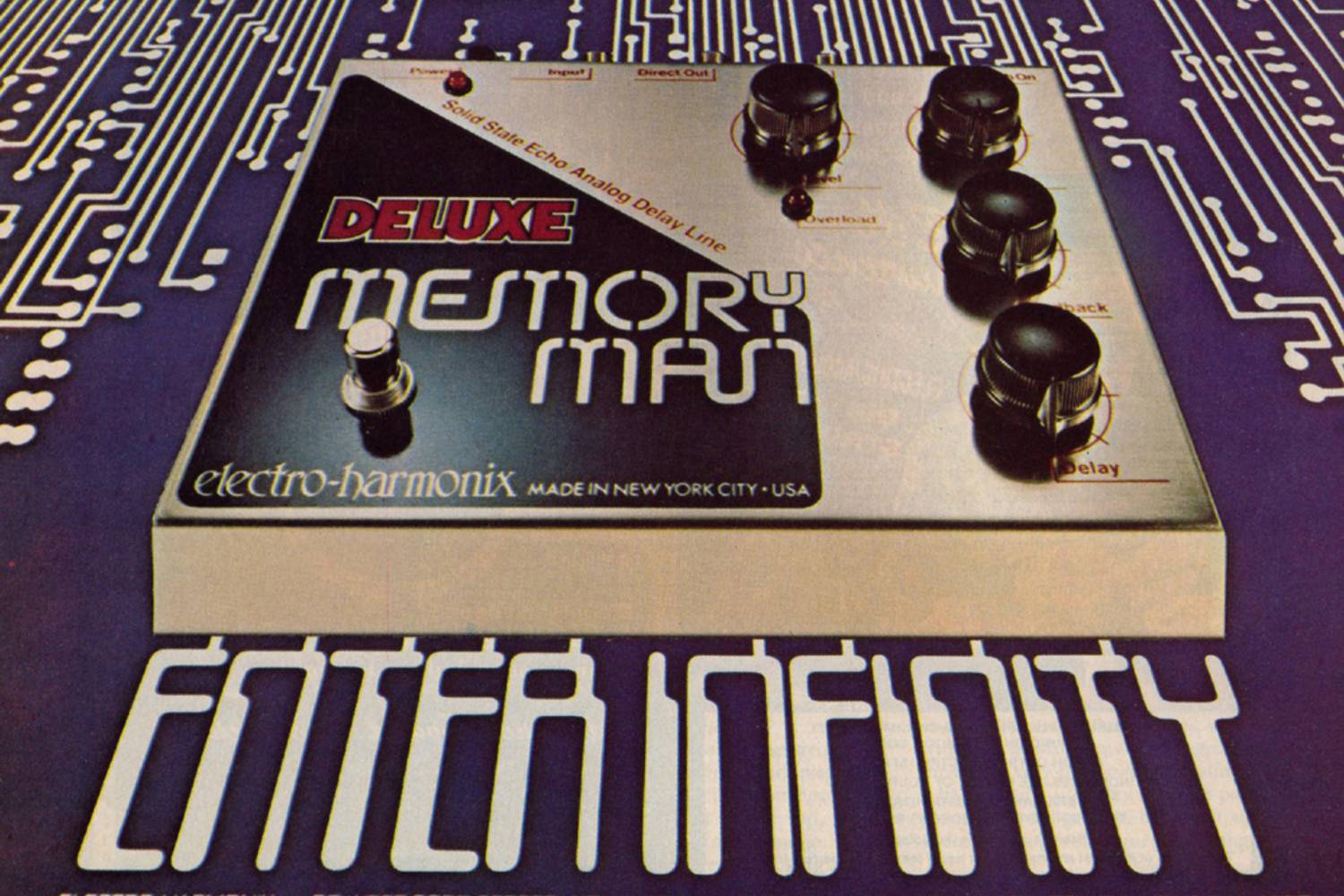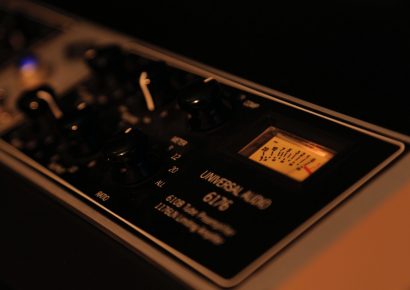Detailing what happens under the hood of your analogue delay pedal.
If you’re into pedals, there’s no doubt you would have seen the term Bucket Brigade device thrown about on all analogue delay units specs and write ups. The device which has been around since the late sixties is little explained or mentioned and we’re taking a deep dive into them today, to clear the air and echo our understanding to you… “to you” but quieter and darker.
Summary:
- Bucket Brigade Devices are chips that contain lots of capacitors that delay audio signals.
- The name is derived from an old fire-mans technique where a line of people would pass buckets of water.
- They are used frequently in analogue delay pedals and stompboxes.
Read up on all the latest interviews, features and columns here.
Before the delay pedal, there was tape. Tape delays had been around since the mid 1950s and sounded awesome but were not very functional for live performances. Having to lug your full tape set to a gig seemed troublesome and maybe not so functional. That’s where the Bucket Brigade device came to the rescue.
In 1969, F. Sangster and K. Teer developed the Bucket Brigade device, a discrete-time analogue delay line while working for Philips Research Labs in the Netherlands. The device was then used in a bunch of electronics, becoming an integrated circuit (a chip this contains the circuit, which is also called a microchip). It’s disputed who created the first BBD delay but the Electro-Harmonix Memory Man is likely the first analogue delay enclosed in a pedal.
Named after an old fire fighting technique a bucket brigade device is a series of capacitance sections. In this old technique, firefighters would line up and pass buckets of water to each other along the line. We can use this analogy to explain the device so let’s break that down.

You can imagine each capacitor as it’s own bucket.
There’s capacitors which store a snapshot of an audio signal at a given time (a bucket of water filled up to a specific level), and once per clock cycle, they pass this audio snapshot to the next capacitor and receive a new snapshot from the previous capacitor (pass a bucket of water and receive one).
In the case of the MN3007 Bucket Brigade device which was used on early Boss and Electro-Harmonix pedals, these chips had 1024 capacitors and clock times of approximately 10-100khz which you can imagine as 512 people lining up and passing water to each other 10,000 to 100,000 times per second. This would result in a delay time between 5.12-51.2ms per Bucket Brigade device as it takes this amount of time for the signal to reach the end of the chain.
Using these chips in creating delay pedals has got people accustomed to that warm sound associated with analogue pedals, but do you know how that comes about?
Basically, it’s due to the limitations of the Bucket Brigade devices. As the signal is passed down the chain, noise is introduced, as is other artefacts from dynamic signals and aliasing with regards to the Nyquist Limit. To combat this, clever engineers used compression and filtering before the device, and another filter and an expander after. The result is a thicker and band passed audio output which is the tone we’ve come to love in the present day.

A diagram showing a typical BBD delay circuit.
Often in delay pedals, you’ll see a feedback knob. This will add signal that has passed through the Bucket Brigade chip and the signal processing we’ve just talked about back to the start of the sequence. Often as a result of this, the audio will become a wall of noise as it passes through this system multiple times, which is why it is great at creating ambient tones.
Early delay pedals that used these Bucket Brigade chips include Boss’ DM-1 and CE-2, Electro-Harmonix’s Memory Man and the MXR Analog Delay. Nowadays, they’re widely used by pedal makers the world over for getting that analog tone usually combining a few to obtain longer delay times.
Now that you know how this works, we hope you understand what’s happening when that sweet delay tone rings out of your pedal.
For further reading on this, check out this piece which goes into extreme detail about Bucket Brigade devices.







